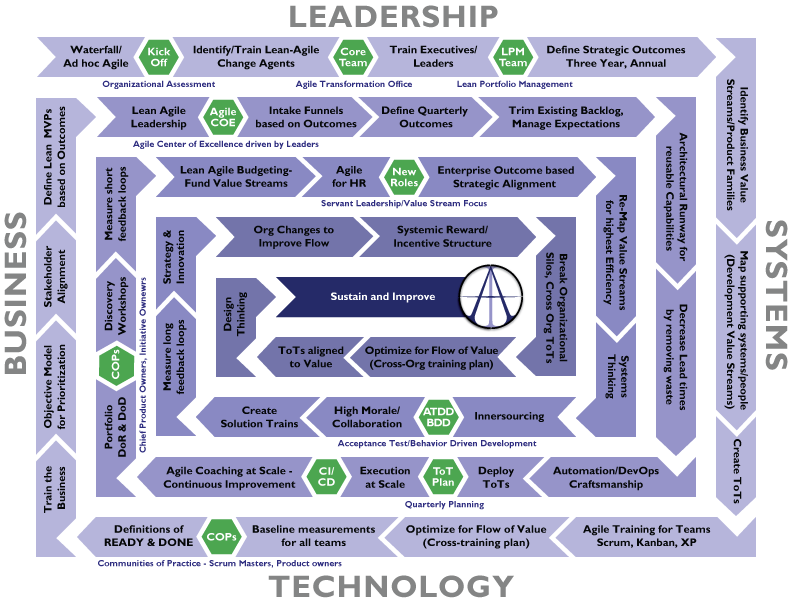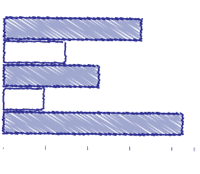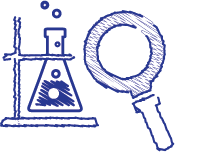Scaling agility requires
a systemic approach
Bringing true agility to teams can be challenging, but as an industry we’ve unlocked the power of cooperation at this level enough times to imagine the vast potential available if we are able to do so for teams of teams, and even entire enterprises.
Unlocking the same kind of flow, innovation and performance at higher levels requires a systematic approach with a balanced focus on process, performance, culture, relationships and organizational structure.
The Integral Agile Approach systematically breaks down the complexity of organizations, reveals where value is and is not flowing, and enables us to see the often-overlooked barriers to agility that stand between your strategic goals and the performance of your organization.
By combining Integral theory, Holon mapping and Lean metrics we are able to create a system view of where value is flowing, and where it is not, in your scaled Agile organization.
We then apply our 4-quadrant assessment toolkit to diagnose the health of each component and process involved, enabling us to identify and remove critical impediments and unblock the the flow of value, decreasing cycle time and powering rapid innovation.
WHAT IT IS
The Approach is not a framework, a methodology, or a prescriptive process for “doing Agile better”. Rather, it is a systematic approach to using the process frameworks we already have to scale agility -- systematically, measurably, and with a comprehensive system for uncovering the root causes that are blocking the flow of value

The Integral agility cycle:
 Holon Mapping: we holonically map the structures and levels of your Agile organization that create or contribute to the flow of value. This gives us a system-view of the flow of value, aligned to strategic objectives and stakeholders.
Holon Mapping: we holonically map the structures and levels of your Agile organization that create or contribute to the flow of value. This gives us a system-view of the flow of value, aligned to strategic objectives and stakeholders.
 Measure: We use established Lean and Agile metrics to visualize the actual flow of value within the structure and note areas where it is constricted, experiencing issues with quality, rework, delays, unnecessary handoffs, or excessive time-in-process.
Measure: We use established Lean and Agile metrics to visualize the actual flow of value within the structure and note areas where it is constricted, experiencing issues with quality, rework, delays, unnecessary handoffs, or excessive time-in-process.
 Analyze: We apply a 4-quadrant analysis to each role, event, ceremony, and group involved or impacted by the bottleneck and test hypotheses until we uncover the root causes.
Analyze: We apply a 4-quadrant analysis to each role, event, ceremony, and group involved or impacted by the bottleneck and test hypotheses until we uncover the root causes.
 Change: Working closely with leadership, we apply targeted changes in the appropriate quadrant (process, environment, culture, or relationships) to alleviate the constraint to the systemic flow of value.
Change: Working closely with leadership, we apply targeted changes in the appropriate quadrant (process, environment, culture, or relationships) to alleviate the constraint to the systemic flow of value.
For example, a group of teams may not be able to align critical dependencies because they have conflicting priorities from divergent customer groups. Or they simply may not realize that they are critical to a larger objective due to a siloed or insulated perspective. Or it could simply be that the relationships between the team leadership, their customers, and their management are strained due to beliefs around resource scarcity, different value systems and definitions of success, or other factors.
These are just a few examples of common dysfunctions we see this level of scale, and addressing them effectively will require we first understand the causes so we can take the right action. Fixing a cultural issue by imposing a process change rarely works, and requiring teams with conflicting priorities to somehow just “get it done” rarely does more than encourage a sense of fatalism, feeling of being hung out to dry, or at best, a dogged determination to complete the work while sacrificing quality, health and morale.
One we have identified both the location and the potential root causes for the flow of value being blocked, we can partner with leadership to take corrective actions and then measure the result. Sometimes it can be simply a matter of clarifying roles and priorities, bringing the affected groups into alignment with the appropriate strategic objective. Flow measurably improves within a single cadence, and the larger system takes a step towards health.



